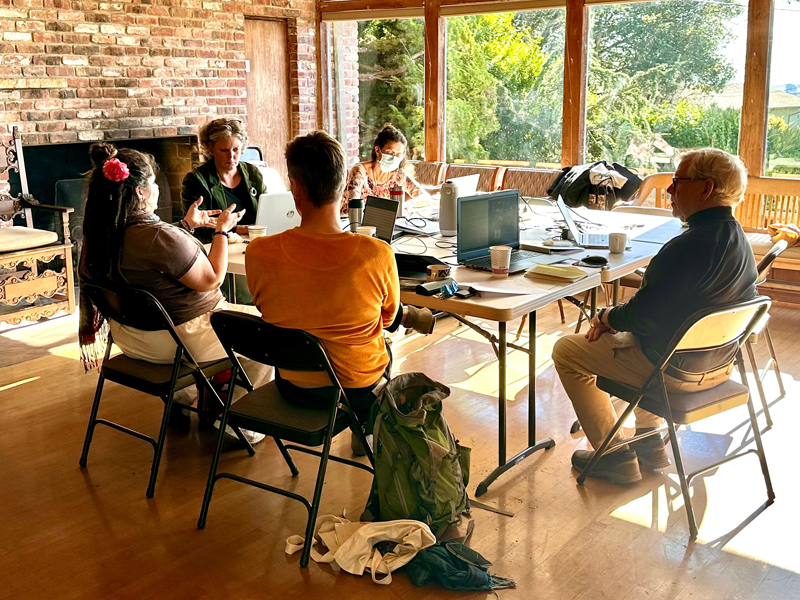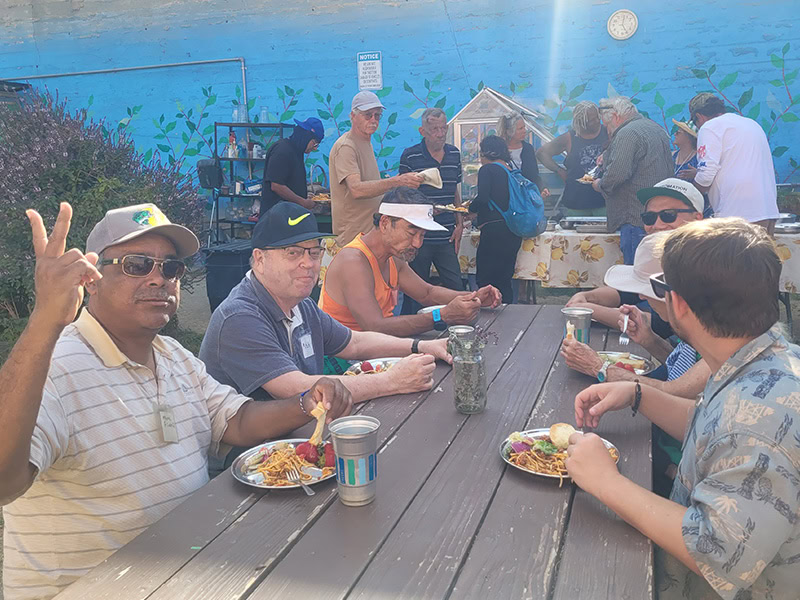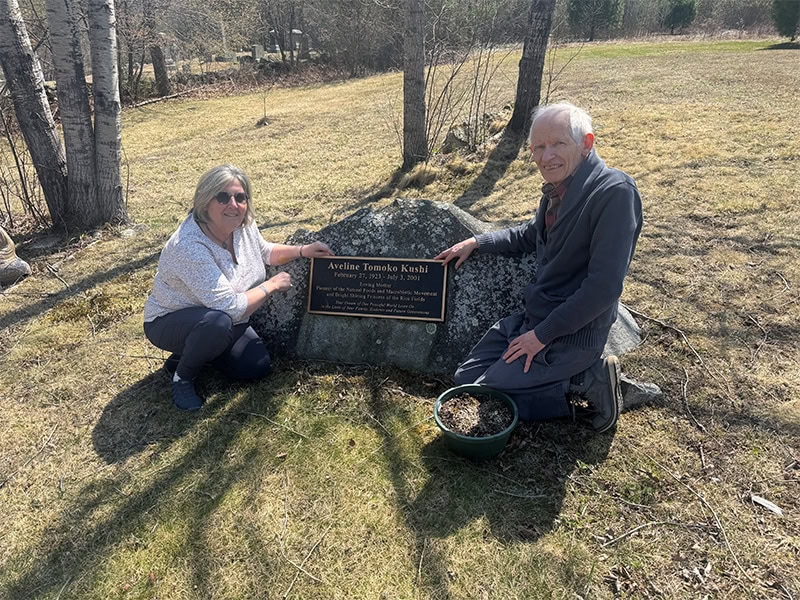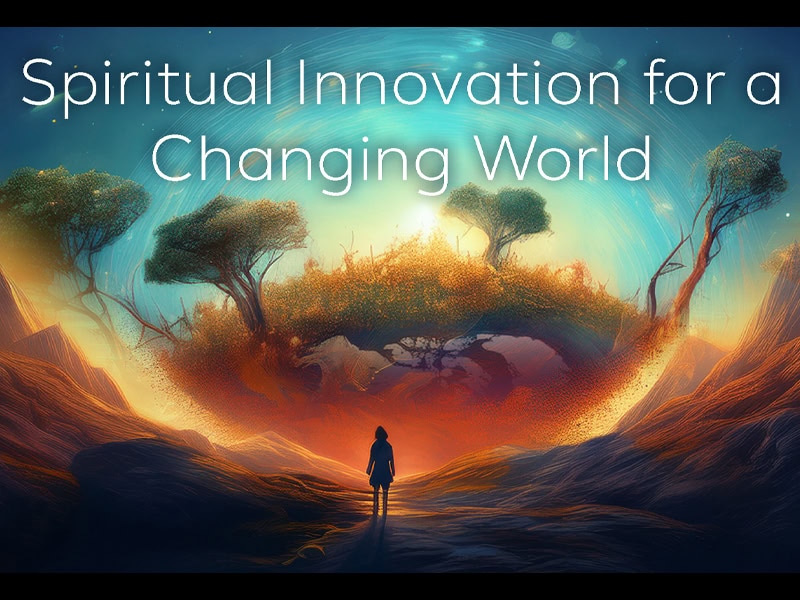By Jay Barry
At the recent Winter Intensive course at the Center for Swedenborgian Studies (CSS) a group of eleven met over the course of three days. Some joined virtually, and some met in-person at three locations: the CSS campus in Berkeley, the San Francisco Swedenborgian Church, and Hillside Swedenborgian Church. The following is a reflection from participant Jay Barry.

The Winter Intensive was an inspiring event in many ways. As a newcomer to the Swedenborgian Church of North America, I learned a lot about the history of the Church, and how we are organized. I value the many new connections, discussions, and highlights I experienced, including insights from Dr. Devin Zuber and Jennifer Lindsay. One highlight that was completely unexpected was the pristine view of the San Francisco Bay from the Hillside Swedenborgian Church, where we spent our last day.
I grew up in the General Church in the 1950s, raised among a small group of New Church families in Phoenix, Arizona. We met as a congregation in a small, rented room at a YMCA. My first experience in an actual church was a visit with my parents to Wayfarers Chapel when I was about ten years old. The delicate beauty, and strength of the structure—perched on a hillside over the Pacific—represented to me a beacon of light and hope for the entire world. I have never forgotten the depth of that moment.
The Winter Intensive actually contributed to that awareness; we listened, discussed, and contemplated the major themes in our church. One example is a sentence taken verbatim from one of our instructors: our strongest teaching is the pluralism of heaven. This truth is certainly a light that shines to all people. How could one God, who made every human being with the intention of creating a heaven from the human race, teach otherwise than there are many heavens, and where there is diversity in heaven, there is perfection also?
Another powerful moment during the Intensive was within a discussion led by Rev. Junchol Lee. He asked us to consider a principle in the Swedenborg’s teaching that heaven opens for each individual to the degree that they fight within themselves against hatred and ill-will towards others. By doing so, we move closer to our true nature, and our spiritual path toward heaven. Not doing so increases the illusion of self-importance, shaping an us-against-them mentality. Historically, this destructive thinking has pitted Christians against Muslims, Jews, and indigenous peoples, and in our day our LGBTQIA+ friends and family. Rev. Lee summarized it thus: we need to overcome ourselves to find the loving way. So, personal work on our own self-improvement and development, and the values of inclusion are both hallmarks of the Swedenborgian Church of which I am proud to now be a part.
Another beautiful discussion was led by Dr. Rebecca Esterson—a spiritual reflection on the shape of the New Jerusalem. It is described as a perfect, golden cube, equal on all sides, with twelve gates (Rev. 21:10–18). The symbol is a timeless image of Divine love for all people. Comments in our discussion afterward included these: this symbol represents the embrace of pluralism, integration, twelve pathways, and the desire to seek joy in the ‘other.’ Rev. Dr. Jim Lawrence also commented that the description in Revelation 21 is an open vision of a city, in contrast to the closed, ancient walled cities that kept people out.
Our time together for three days was an inspiring intensive workshop in all the best ways possible, with insightful presentations, discussions, and not to mention wonderful lunches. I was grateful to be present.
Read the full issue of the April 2023 Messenger

Meet Jay Barry
Rev. Jay Barry works full-time as a staff chaplain in Philadelphia, Pennsylvania, and he has five grown children. Both he and his wife Barbara are actively engaged in professional, community, and spiritual development.



